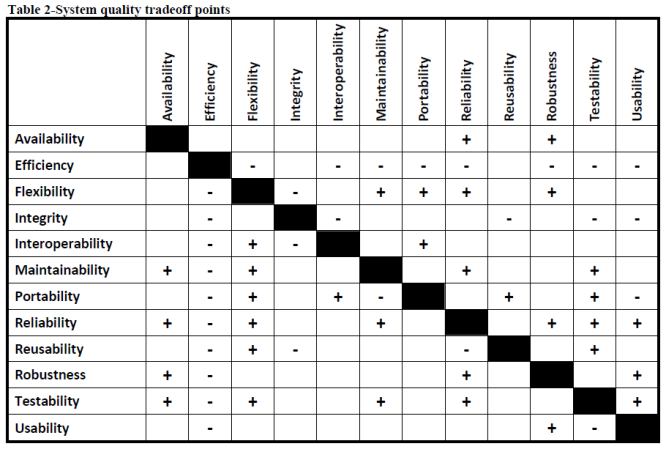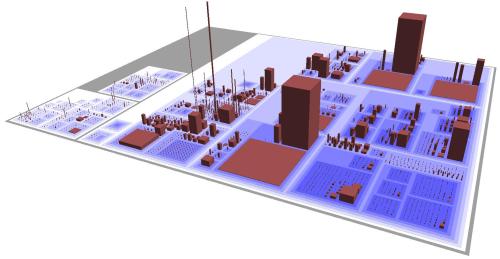time to move! Antville is a symatic community but I'm...
Post is THE company which implemented SOA the first time,...
Hypothesis: Since infrastucture code is not part of the domain...
this time It's the content, stupid http://www.joost.com/home?playNow=33l83ke#id=33l83ke
interface. I'm sceptical http://news.cnet.com/8301-17939_109-10065136-2.html
gives to the Pattern Movement Look what I've found: A...
Alexander—The pattern language that we began creating in the 1970s...
hill in the morning mist. Nasim Taleb explains the...
Roland Kofler's Blog on Software Engineering on


Quality Tradeoffs
 http://www.iasahome.org/c/portal/layout?p_l_id=PUB.1.269
http://www.iasahome.org/c/portal/layout?p_l_id=PUB.1.269
... link
software cities
This paper presents a 3D visualization approach which gravitates around the city metaphor, i.e., an object-oriented software system is represented as a city that can be traversed and interacted with: the goal is to give the viewer a sense of locality to ease program comprehension. The key point in conceiving a realistic software city is to map the information about the source code in meaningful ways in order to take the approach beyond beautiful pictures. We investigated several concepts that contribute to the urban feeling, such as appropriate layouts, topology, and facilities to ease navigation and interaction.
We experimented our approach on a number of systems, and present our findings.
 www.inf.unisi.ch
www.inf.unisi.ch
... link
